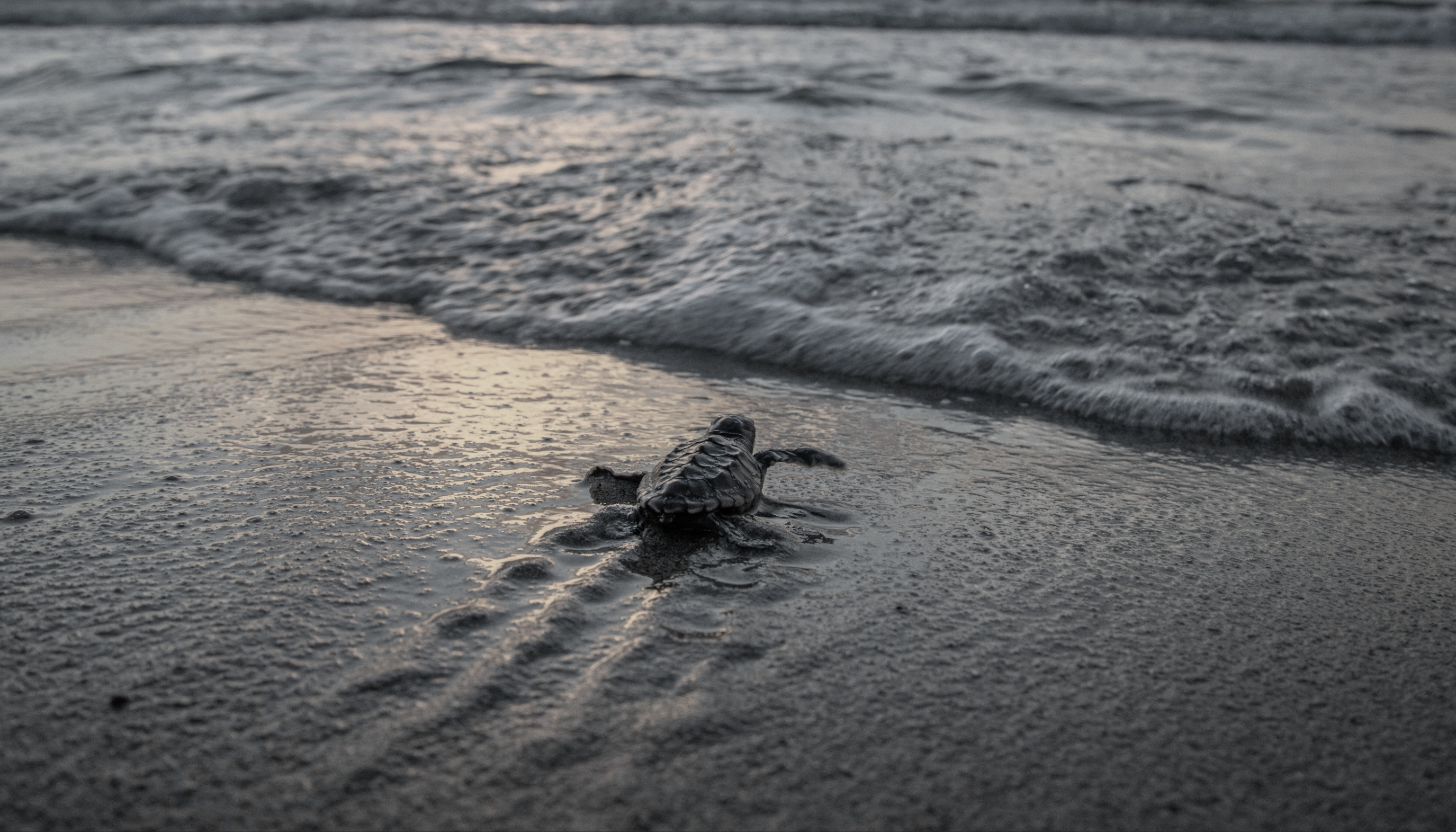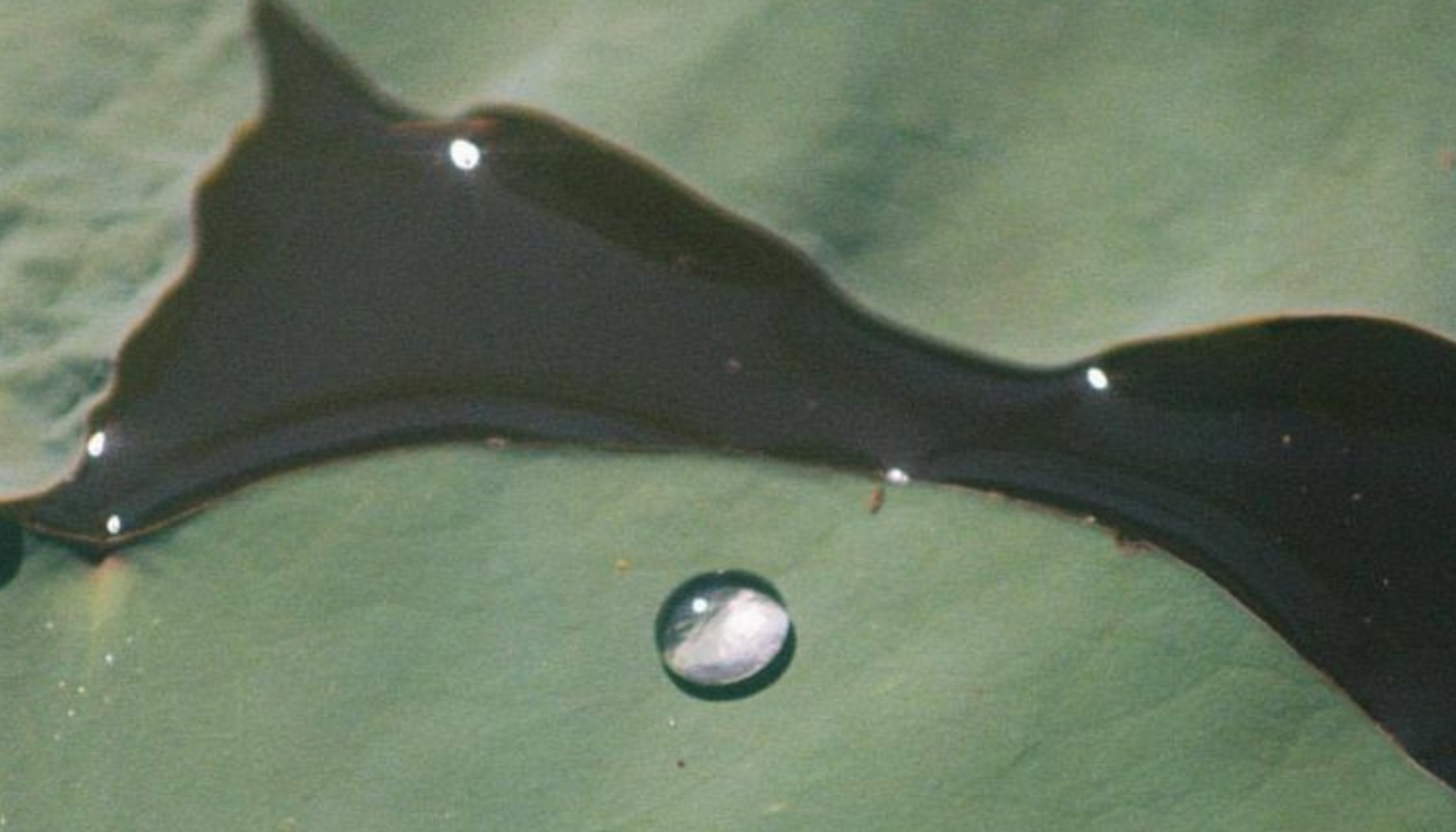Each year from May 1st through October, Miami Beach becomes a crucial sanctuary for sea turtles. During this time, various species, primarily loggerheads, arrive on its sandy shores to lay their eggs. This annual ritual has persisted for thousands of years, and Miami Beach is a vital nesting ground for these creatures. However, the turtles face significant challenges due to human activities, necessitating conservation efforts to protect them and ensure the continuation of their life cycle.
As the annual nesting season unfolds along the sandy shores of Miami Beach, the delicate dance between nature's wonders and human activity comes into sharp focus. Just as the sea turtles rely on the protection of their nesting grounds, our skin, too, seeks refuge from the harsh elements of the environment.
Padina Pavonica, extracted from the resilient algae plant, serves as a natural shield, fortifying the skin's protective barrier against external aggressors. Its rich antioxidants, essential fatty acids, and vitamins such as B1, C, D, E and K nourishes and hydrates the skin, giving it a healthy glow. Padina Pavonica not only deeply hydrates the skin but also diminishes the visibility of wrinkles and fine lines, all the while enhancing skin elasticity.
As we marvel at the wonder of Miami Beach's nesting season, we're reminded of the importance of protecting not only the natural world but also our skin's delicate ecosystem. Just as conservation efforts strive to safeguard sea turtle nests and hatchlings, Bionassay's skincare formulations, such as Perle D’Eau and Neige Éternelle, work tirelessly to nurture and replenish the skin.
During nesting season, female sea turtles crawl ashore at night, seeking quiet stretches of sand to dig their nests. They then deposit up to 100 eggs before returning to the sea, leaving the eggs to incubate beneath the sand. After 45 to 70 days, the hatchlings emerge and instinctively scramble toward the ocean, guided by the moonlight. However, the bright lights and noise of urban Miami Beach can confuse them, leading them in the wrong direction and endangering their survival
This delicate balance between nature and urbanization requires proactive measures to ensure the safety of these endangered creatures. Local authorities and conservation groups have implemented various strategies to protect sea turtle nests and hatchlings. Among these measures, artificial lighting is dimmed or redirected away from the beach to minimize disorientation. Local ordinances also restrict beach access at night, minimizing the disturbances that can discourage nesting females. Beachgoers are educated on the importance of leaving nests undisturbed and properly disposing of their trash.
Volunteer groups and wildlife organizations actively participate in these efforts. Patrols monitor nesting activity, mark nests with caution tape to prevent accidental disturbances, and keep track of successful hatchings. They also rescue disoriented hatchlings, ensuring they safely reach the water.
Additionally, beach businesses and residents are encouraged to participate in the "Lights Out" program, which involves reducing or modifying outdoor lighting to create a darker environment for the turtles. Hotels and restaurants near nesting grounds participate by dimming lights and installing turtle-friendly lighting that emits longer wavelengths of light less harmful to the turtles.
The local government also plays a significant role by passing legislation and supporting conservation initiatives. They fund education campaigns aimed at tourists and residents alike, providing guidelines on respecting the nesting season and maintaining the beach’s delicate ecosystem.
Despite these efforts, sea turtles continue to face substantial threats. Pollution, plastic waste, and fishing gear pose risks to turtles and hatchlings. Moreover, climate change and rising sea levels threaten the availability of safe nesting sites.
Miami Beach’s turtle nesting season represents not only a beautiful natural phenomenon but also a reminder of the fragile balance between wildlife and human development. The collaborative work between local authorities, conservation groups, and the community underscores the importance of protecting these endangered creatures and ensuring they continue to return to these shores for generations to come.

By fostering awareness and encouraging stewardship, Miami Beach remains a sanctuary for these magnificent creatures while promoting coexistence between nature and urban life. As the nesting season unfolds, it serves as a call to action, reminding us of the critical role we play in conserving wildlife and the environment.




